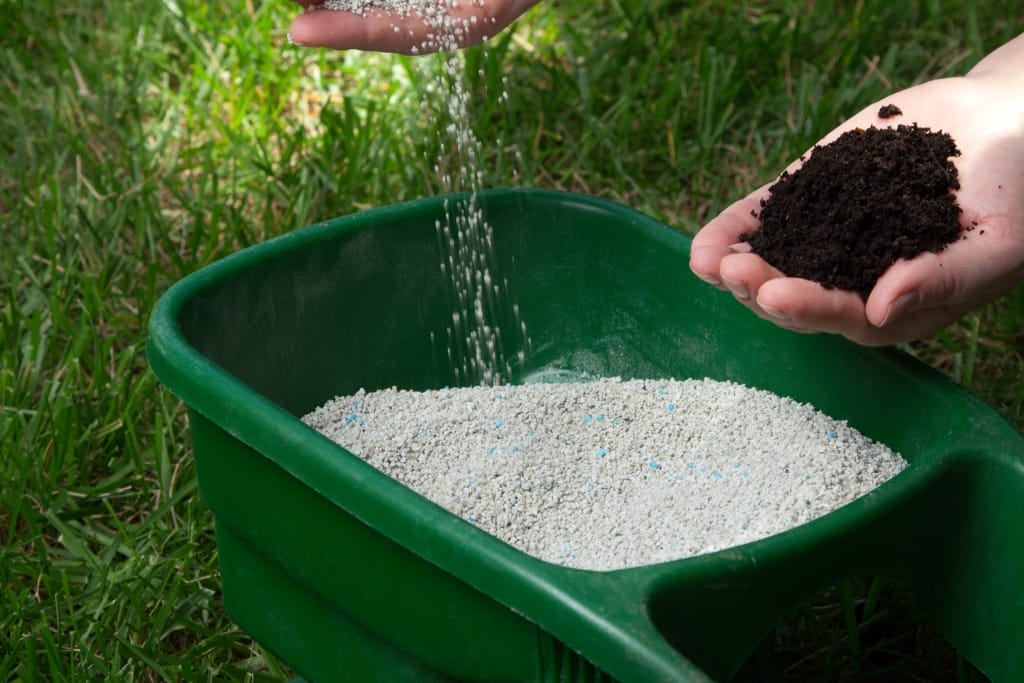Your lawn is more than just a patch of grass; it’s a vibrant, living ecosystem that requires care and attention throughout the year to stay lush, green, and healthy.
And at the heart of maintaining that vibrant lawn lies one essential practice many overlook—season-specific fertilizing.
We break down 11 compelling reasons why fertilizing according to the seasons benefits your lawn and helps it achieve its full potential.
From delivering nutrients at the right time to combating seasonal threats like weeds and pests, we’ll explore how fine-tuning your fertilizing habits can make all the difference.
Why Seasonal Fertilizing Matters
Before we jump into the 11 reasons, it’s essential to understand why timing is everything when it comes to fertilizing.
Fertilizer is essentially food for your lawn, packed with nutrients like nitrogen, phosphorus, and potassium.
However, depending on the season, the type and timing of fertilization should vary to match your lawn's specific needs and growth patterns.
Ignoring these changes can lead to wasted effort, poor results, or even damage to your lawn.
Let's get started.
1)) Promotes Healthy Growth In Spring
Spring is the season of renewal, and your lawn is no exception. Fertilizing during early spring triggers growth after the dormant winter months.
A well-timed dose of fertilizer rich in nitrogen nourishes the grass blades, helping them grow thicker and greener.
Example: A springtime fertilizer can deliver the boost your grass needs to recover from winter stress and prepare for active growth.
2)) Prepares Your Lawn For Summer Stress
Summer months can be tough on your lawn with increased heat, sun exposure, and foot traffic.
Fertilizing in late spring helps fortify your lawn, ensuring it develops deep roots that can access moisture and nutrients during dry spells.
3)) Prevents Dormancy In Hot Weather
Many grasses go dormant during the peak of summer. Proper fertilization in late spring and early summer supplies the nutrients required to maintain a semi-active state, keeping your lawn green even in high temperatures.
4)) Combat Weeds At The Right Time
Seasonal fertilizing can help combat pesky weeds like crabgrass and dandelions.
Many weed-preventing fertilizers are pre-emergent, meaning they need to be applied during the spring to stop weeds from sprouting.
Applying fertilizer too late might give the weeds time to germinate.
5)) Encourages Root Growth In Fall
Fall is another critical time for lawn care. Fertilizing in autumn shifts the focus from blade growth to root development, allowing your lawn to store essential nutrients for the winter.
This helps the grass to emerge stronger and healthier in the spring.
6)) Protects Against Winter Damage
Winter is harsh on grass, especially in areas with frost and snow. Late-fall fertilization acts as a protective measure, giving your lawn extra reserves to survive the dormant period.
Winterizing fertilizers with added potassium is particularly beneficial for strengthening your grass against cold stress.
7)) Reduces The Risk Of Fertilizer Burn
Fertilizing during the wrong season (or in the wrong quantities) can lead to fertilizer burn, where an excess of nutrients scorches your lawn.
Following season-specific guidelines helps minimize this risk by matching your application to your lawn’s actual needs.
8)) Maximizes Nutrient Absorption
Seasonal fertilizing ensures your lawn absorbs nutrients when they are most needed.
For instance, nitrogen-heavy fertilizers in spring and phosphorus-rich ones in the fall can significantly enhance both blade and root growth at the right time, optimizing your lawn’s health.
9)) Saves Time And Effort
By fertilizing seasonally, you fertilize smarter, not harder. Tailoring your fertilizer schedule reduces the need for constant maintenance, as your lawn receives precisely what it needs to thrive throughout the year.
10)) Improves Resistance To Pests And Diseases
A well-fertilized lawn can better resist common pests such as grubs, chinch bugs, and sod webworms.
Appropriate fertilization during the growing seasons strengthens your lawn’s natural defenses against diseases like brown patch or dollar spot.
11)) Creates A Greener Appearance
Seasonal fertilizing ensures your lawn looks its best year-round. With the right care, your grass will stay green, thick, and vibrant, contributing to curb appeal and creating a welcoming outdoor space for relaxation or play.
Pro Tips:
- Know Your Grass Type: Different grass types (cool-season vs. warm-season grasses) have different needs. Tailor your schedule accordingly.
- Invest in High-Quality Fertilizer: A quality product saves you time and effort in the long run while yielding more visible results.
- Use a Soil Test Kit: Testing your soil helps determine nutrient deficiencies so you can choose the right fertilizer mix. You can find great soil test kits on Amazon.
- Follow Application Guidelines: Don’t overapply fertilizer, as it can lead to runoff and harm your lawn.
Conclusion
When it comes to lawn care, there’s no one-size-fits-all approach. Just as your lawn’s needs change throughout the year, so should your care routine.
Season-specific fertilizing is a game-changer, allowing you to meet your lawn’s precise needs with perfectly timed interventions.
By fertilizing smarter, you’ll maximize the health, resilience, and beauty of your lawn, turning it into a vibrant space that you and your family can enjoy all year long.
Download Our Free E-book!








